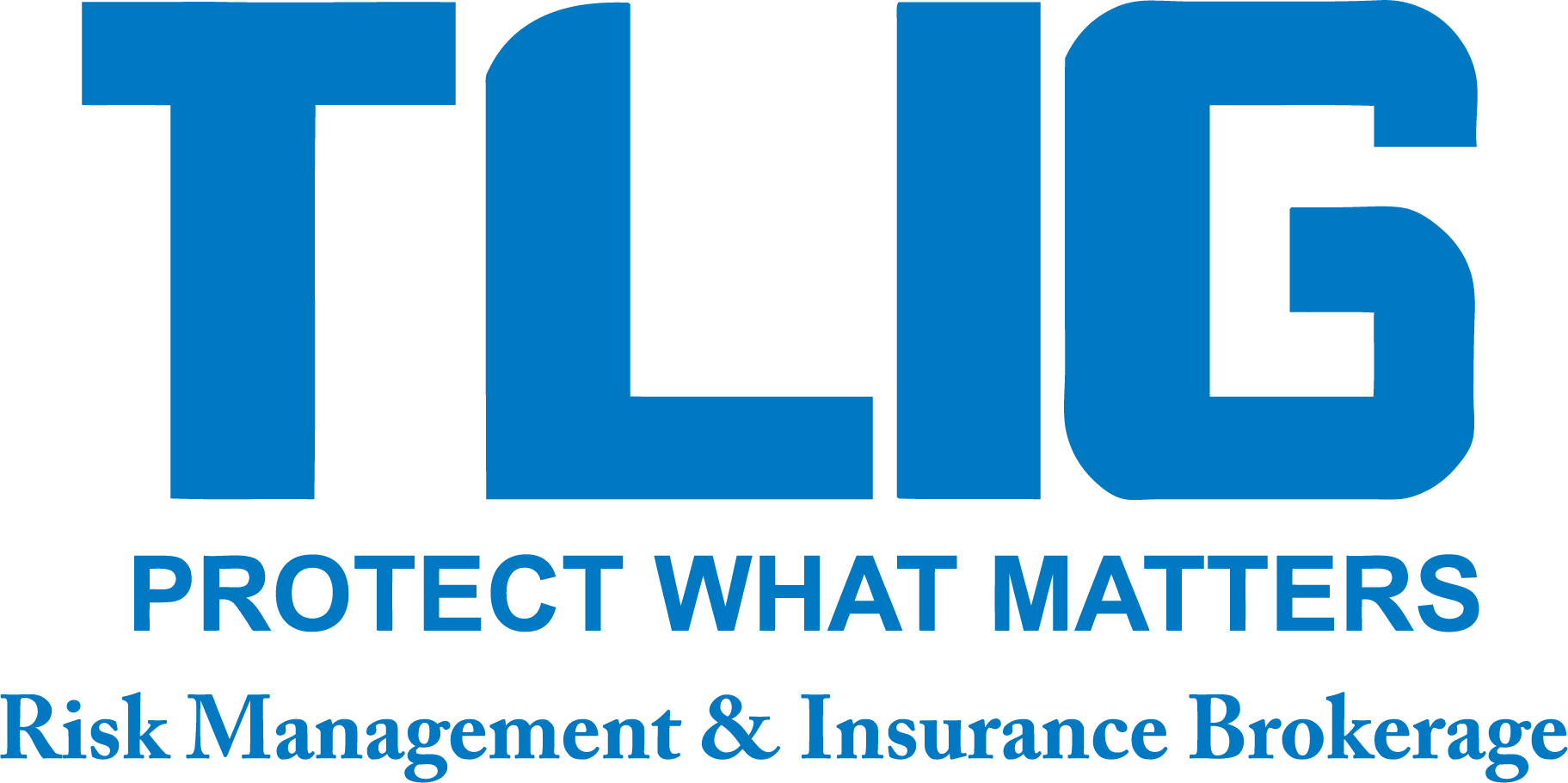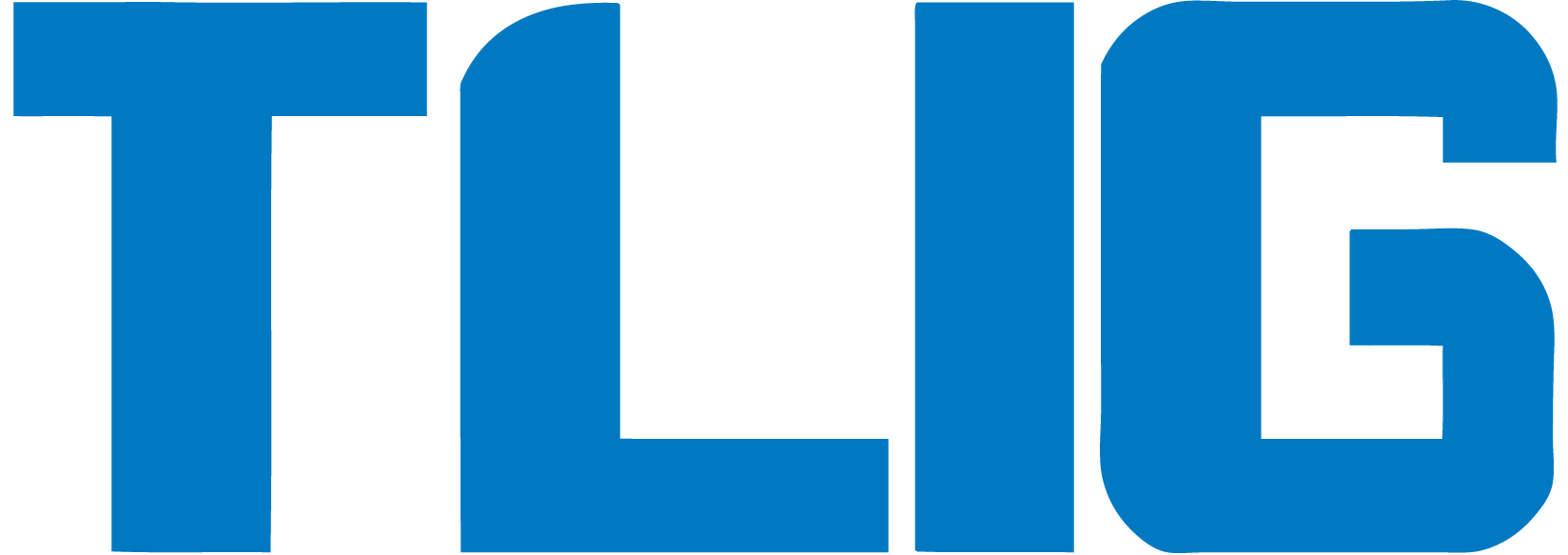Trees can be the reason your property is so valuable. They can keep your utility bills low and give the kids something to do outside. For all their positives, trees can also be the reason why you need to call your Trusted Choice® insurance agent.
Whether it’s typical seasonal conditions, a freak windstorm, or any number of other reasons, trees and branches fall. Sometimes, they fall onto things, causing significant damage to property. Factor in the cost of paying a contractor to remove the tree, and you could be shelling out some serious cash. The question is how much of that cash will your homeowners insurance pay?
Upon or following an inspection, your insurance company may require that a specific tree be maintained or removed because of the risk it poses to your property. Failure to comply with such a requirement could nullify coverage if that specific tree damages your home.
Typical homeowners insurance policies include coverage for falling objects. Therefore, damage to your home caused by the tree is covered up to your policy limit. This coverage applies regardless of who “owns” the tree. Stated differently, the coverage applies regardless of whether or not the tree is standing on yours or someone else’s property.
If a falling tree damages your home, it’s important you file a claim with your homeowners insurance company even if you believe it was a neighbor’s negligence (such as failure to maintain or remove the tree) that’s to blame for the damage. The truth is that property laws vary by jurisdiction and some neighbors may be uncooperative; if you choose to forgo filing a claim, it could prove more costly to you in the end. Your claims adjuster will investigate and, if there are signs of negligence on part of a neighbor, proceed accordingly.
It may cost thousands of dollars to pay someone to remove fallen trees from your property. Whether or not insurance coverage is available to help with this cost first depends on where the tree was standing and why the tree fell. In this situation, “ownership” of the tree does become a factor. If you “own” the tree (meaning it is standing on your property), removal is covered if it is felled by one of the following perils: wind, hail, or the weight of ice, sleet or snow.
If the tree damaging your property fell from a neighboring property, removal is covered if it is felled by the perils listed above as well as fire, lightning and several others specifically listed in the policy.
Most homeowners policies limit coverage for this cost to a stated amount—typically $500 maximum per tree, $1,000 maximum for all trees felled during the loss. Coverage applies only if the fallen tree damages a covered structure (such as your home or a detached garage) or blocks a driveway or a ramp designed to assist the handicapped. The coverage does not apply to a tree that simply falls into the yard.
Coverage for the Tree Itself
We’ve discussed what your homeowners policy will cover for damage caused by a tree as well as coverage for the cost to remove the damaged tree from your property. Next is a question frequently asked by true landscape lovers: Will the policy pay for the tree itself?
This question is important because many people invest significant money and time into landscaping. A typical homeowners policy will cover damage to trees, shrubs and plants up to 5% of your policy’s dwelling limit—this is the limit of insurance shown for your actual home. However, the maximum amount available per tree, shrub or plant is $500. This coverage will only apply if the tree, shrub or plant is damaged by one of the following perils: fire, lightning, explosion, riot or civil commotion, vandalism or malicious mischief, vehicles (other than your own) or aircraft, and theft.
Damage to Your Car
Sometimes the branch spares the home but not your car. If your car is damaged by the tree, look to your auto insurance policy. Damage by falling objects is covered by comprehensive (sometimes called “other-than-collision”) coverage.
Trees are a very common concern for homeowners insurance companies due to the range of damage they can cause your property and the related expense. A call to TLIG will help you learn more on the risk and cost associated with trees and your home.
TLIG is a local Trusted Choice® agency that represents multiple insurance companies, so it offers you a variety of personal and business coverage choices and can customize an insurance plan to meet your specialized needs.
Visit us online at www.tligins.com or call us at (434) 582-1444.

